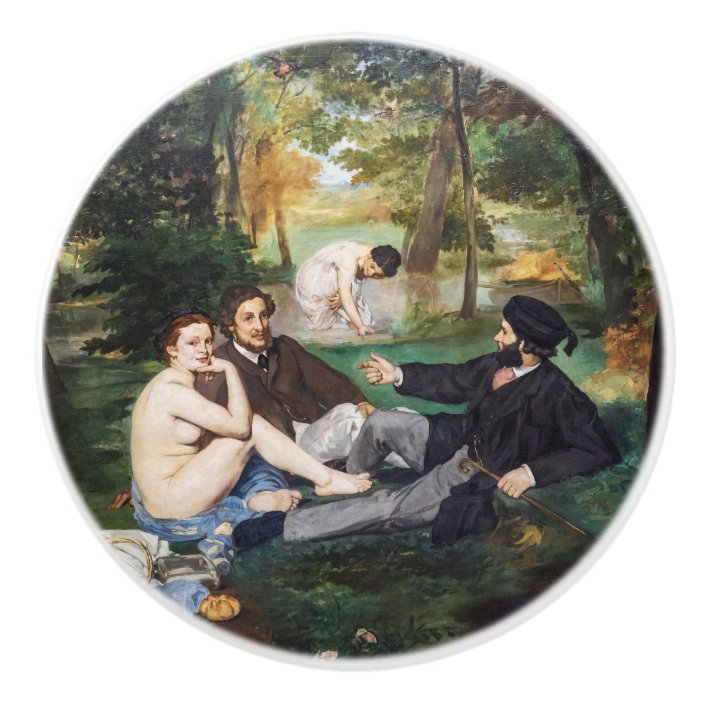
Sitting Female Nude with Yellow Blanket by Egon Schiele.Street Scene in Berlin (Berliner Strassenszene) by Ernst Ludwig Kirchner.

Cut Ground Yellow & Blue by Sean Scully.Atmosphere Chromoplastique by Luis Tomasello.Interior with a Book by Richard Diebenkorn.


The only exceptions are the additional female figure seen in the background and the pose of the middle male figure. Manet echoed every detail of gestures and poses of Raphael’s sitters, seen on the bottom right corner. What is also interesting about this work that caused such a controversy among the French society, is that, despite the contemporary setting of The Luncheon on the Grass, the composition was almost entirely borrowed from Raphael’s Judgment of Paris engraving (ca. See Manet’s breathtaking portrait of Irma Brunner. The fact that all of the individuals were recognizable and were depicted in an explicit narrative made this work impossible to exhibit along with traditional paintings approved by The French Academy. The man on the left is Ferdinand Leenhof, Manet’s brother in law, and the man on the right is the painter’s younger brother Eugene Manet. The model, probably for both of the female figures, was Victorine Meurent, who appeared frequently in other Manet’s paintings (most famously in Olympia, painted the same year). Manet would further exploit the difference between “nudity” and “nakedness” in his famous and infamous Olympia See Egon Schiele’s Sitting Nude with Yellow Blanket.Īll of the sitters and the woman in the background were real individuals. The two men sitting next to her seem to accept her nudity with proper respect and none of them is looking directly at her. She is a real modern woman who took her clothes off (you can clearly see two sleeves of her light blue polka-dot dress and her hat to the left of her) and is sitting with two fully dressed middle class men in a rural landscape! She is not ashamed of being naked as she gazes confidently at us. The nude looking at you is not a nymph, goddess or any other mythological creature. The controversy seen in this painting at the time was caused by the nude, or to be precise, by the context within which Manet depicted her. The Luncheon on the Grass, as it’s known in English, was painted in 1862 -63 and exhibited that same year at the Salons des Refusés, a non-mainstream exhibition space in Paris for works of art falling outside the requirements of the traditional Salon.
Edouard manet luncheon on the grass how to#
COVID-19 Portal While this global health crisis continues to evolve, it can be useful to look to past pandemics to better understand how to respond today.Student Portal Britannica is the ultimate student resource for key school subjects like history, government, literature, and more.From tech to household and wellness products.



 0 kommentar(er)
0 kommentar(er)
